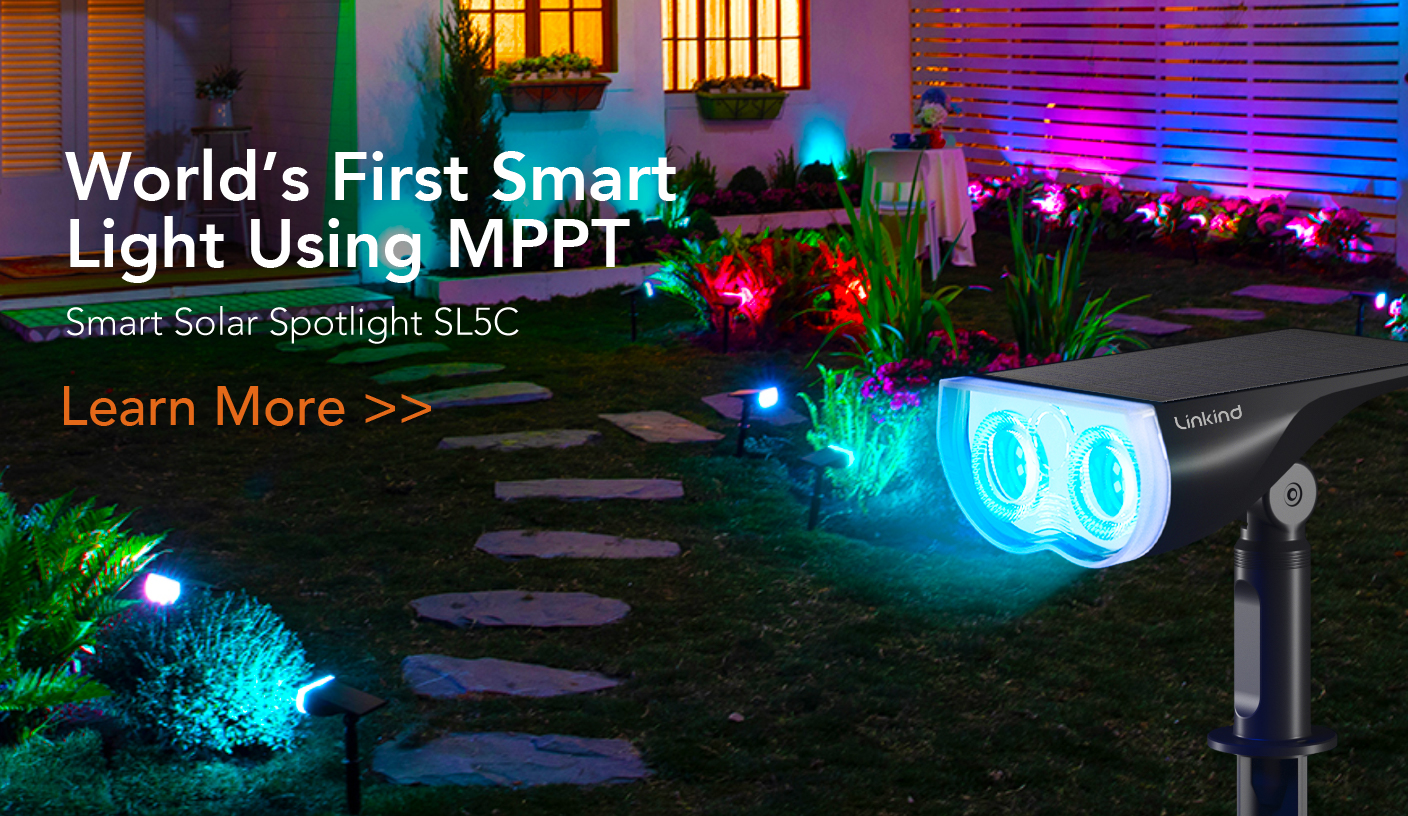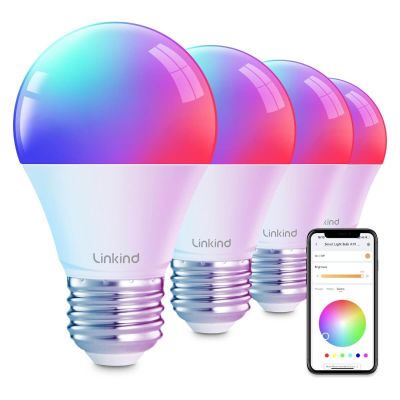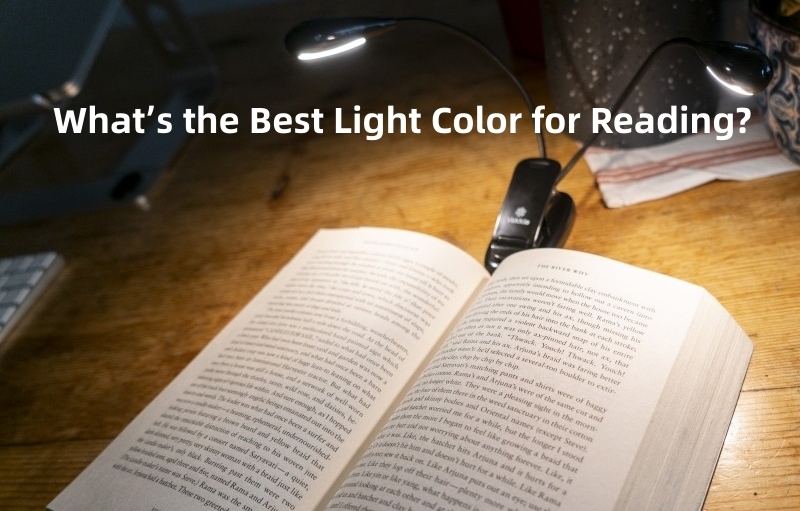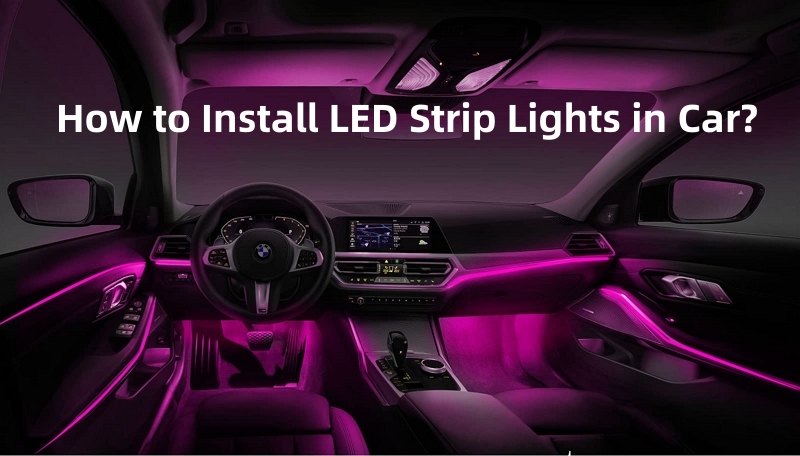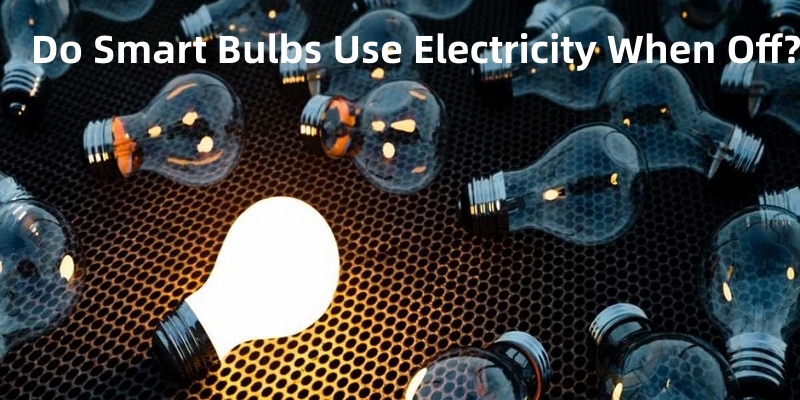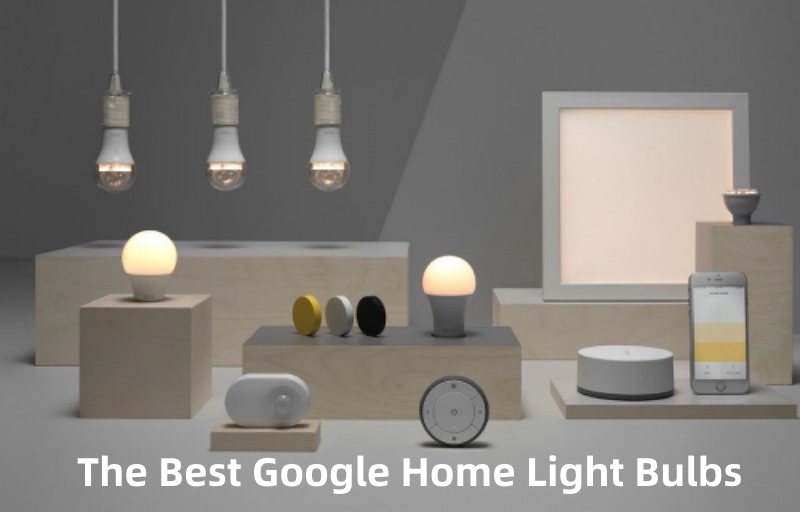Makeup application is an art form, and just like any other art form, it requires the right tools and techniques to achieve a flawless finish. One of the most critical factors in perfecting your makeup application is having the right lighting. Adequate lighting ensures that you can see your face clearly, and the colors you use are accurate. But what exactly is the best light to do makeup? Is it natural daylight, fluorescent lighting, or warm white LED bulbs? To help you determine which is the best light to do makeup, we'll explore the various lighting options available, their benefits, and drawbacks, and provide tips on how to choose the right lighting for your makeup application needs. Whether you're a makeup artist or a beauty enthusiast, this post will help you achieve your best makeup application yet.
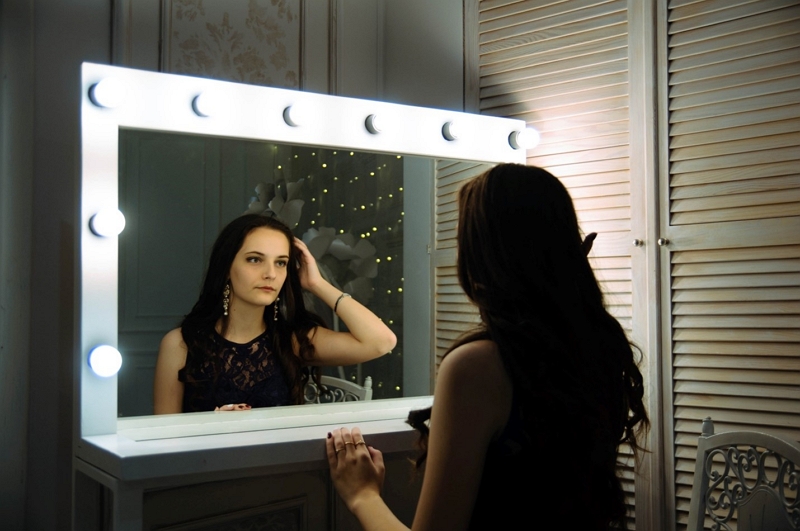

Part 1. Natural Daylight Is the Best for Makeup
Natural daylight is often considered the best light for doing makeup because it provides the most accurate representation of color. In fact, natural light is a full spectrum of light that includes all colors of the rainbow, making it easier to see the true color of your makeup products. This feature helps you see details and color differences more precisely, allowing you to apply your makeup with more accuracy and finesse. In contrast, artificial light sources, such as incandescent bulbs or fluorescent lighting, can alter the color of your makeup, making it appear different in different lighting environments. For example, warm yellow light can make your makeup appear more orange or yellow, while cool blue light can make it look more blue or purple.
Natural light also provides the most even and consistent lighting, which can make it easier to apply your makeup evenly and avoid streaks or patchy areas. This is because natural light doesn't cast harsh shadows or create glare, which can make it difficult to see the details of your face.
Part 2. What Kind of Artificial Light You Can Choose
2.1 The Best Light Bulbs for Doing Makeup
Here's a comparison of some of the most common types of light bulbs used for makeup application:
- LED Lights: LED lights have become increasingly popular in recent years due to their bright, white light that is like daylight. They come in a variety of color temperatures, and some are designed specifically for makeup application, such as "daylight" or "cool white" LED bulbs. They also tend to be energy-efficient and long-lasting.
- Fluorescent Lights: Fluorescent lights are commonly found in many makeup studios and salons. They are bright and produce a cool, even light that is good for applying makeup. However, they can create a greenish tint that can make your makeup look off-color.
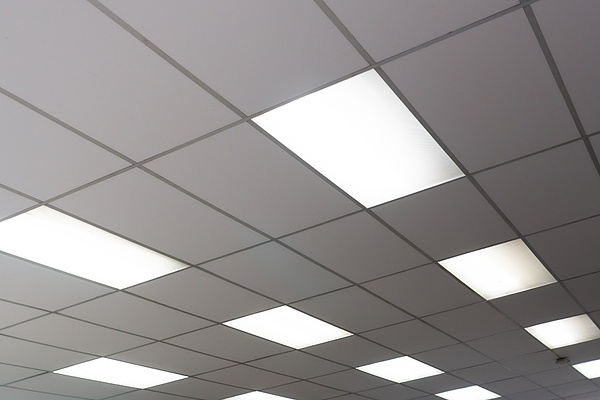

- Incandescent Lights: Incandescent lights produce a warm, yellowish light that can create a cozy and inviting atmosphere. However, they tend to be less bright and can cast harsh shadows that make it difficult to see details when applying makeup.
- Halogen Lights: Halogen lights are bright and produce a white light that is similar to daylight. They are commonly used in professional photography and videography because of their excellent color rendering ability. However, they can get hot quickly and are not energy efficient.
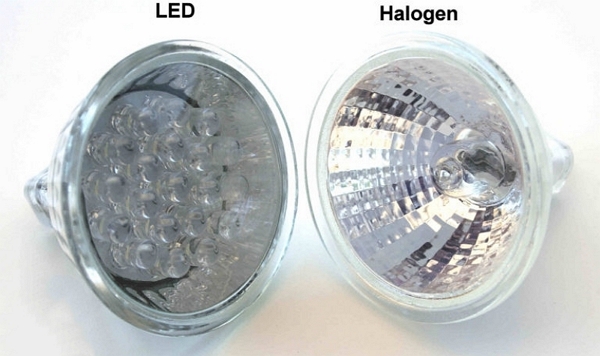

2.2 The Best Light Temperature for Doing Makeup
The best light temperature for doing makeup is often around 5000K to 6500K, which is a cool, white light similar to natural daylight. This range of light temperature is often referred to as "daylight" or "cool white" and provides a bright, even light that accurately represents the colors of your makeup.
Warm light temperatures, typically below 4000K, can create a yellow or orange tint, which can make it difficult to accurately see the true colors of your makeup. Conversely, light temperatures above 6500K, such as "daylight blue" or "cool daylight," can create a blue or greenish tint that can also alter the appearance of your makeup.
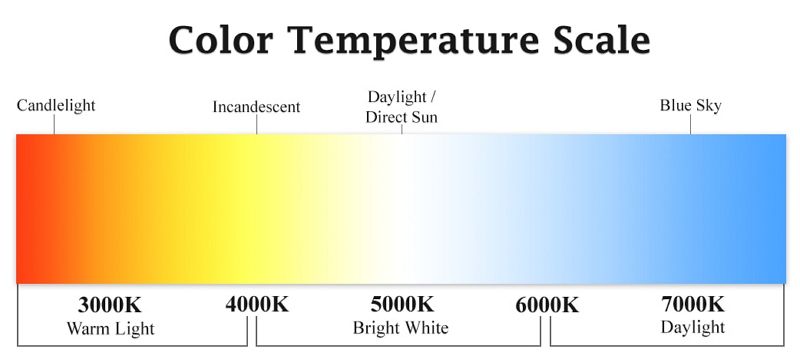

It's also essential to consider the color rendering index (CRI) of the light source. The CRI measures how accurately a light source furnishes colors in comparison to natural light, which has a CRI of 100. A CRI of 90 or above is ideal for makeup application, as it provides accurate color representation and allows you to see the true colors of your makeup.
LED lights are a popular choice for makeup application because they are available in a range of color temperatures and offer high CRI. However, it's essential to choose a quality LED light source, as some low-quality LED lights can have a lower CRI and alter the appearance of your makeup.
2.3 What Light Color Should You Avoid?
Applying makeup under different colored lights can have various effects on the appearance of the makeup and the skin. Here are some possible effects of applying makeup under blue, red, green, and yellow light:
- Blue light: Blue light has a cool tone that can make the skin appear more pale and washed out. It can also make colors appear more blue or gray, which can affect the appearance of certain makeup products. For example, red lipstick might appear more muted or purplish under blue light.
- Red light: Red light has a warm tone that can make the skin appear more red or orange. It can also make colors appear more yellow or orange, which can affect the appearance of makeup products. For example, green eyeshadow might appear more yellowish or brownish under red light.
- Green light: Green light can give the skin a greenish tint, which can affect the appearance of makeup products. For example, pink blush might appear more muted or brownish under green light.
- Yellow light: Yellow light has a warm tone that can make the skin appear more yellow or orange. It can also make colors appear more yellow or orange, which can affect the appearance of makeup products. For example, blue eyeshadow might appear more greenish or grayish under yellow light.
So obviously, it is best to avoid these lights when you are applying makeup.
2.4 Fix The Light to the Right Position
Proper positioning of the light source is essential for effective makeup application. Here are some tips on how to fix the light to the right position:
- Position the light source in front of you: Place the light source in front of you, rather than above or behind you, to prevent shadows from obscuring your face. Shadows can make it difficult to see the true colors of your makeup and make it challenging to apply your makeup evenly.
- Angle the light source downward: Angle the light source downward, so it illuminates your face evenly without creating harsh shadows. Avoid angling the light upward, as this can create shadows under your eyes and nose, making it difficult to apply makeup evenly.
- Avoid direct glare: Avoid positioning the light source directly in your line of sight, as this can cause glare and make it difficult to see accurately. Position the light source slightly above or to the side of your face for optimal illumination.
- Consider a ring light: Ring lights are a popular option for makeup application, as they provide even, diffused lighting that eliminates harsh shadows. They also often come with adjustable stands that allow you to position the light source at the optimal height and angle.
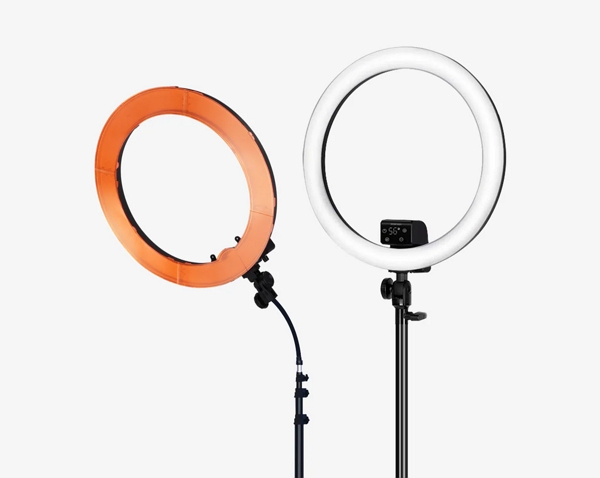

Part 3. Bonus Lighting Tips for Applying Makeup
Here are some additional lighting tips for applying makeup:
- Use multiple light sources: Using multiple light sources can help eliminate shadows and provide even illumination. Consider adding a second light source on the opposite side of your face to provide balanced lighting.
- Check your makeup in different lighting: After applying your makeup, check it in different lighting conditions to ensure it looks good in all types of light. For example, check your makeup in natural light, in bright artificial light, and in dimmer lighting.
- Adjust the lighting for specific tasks: Different makeup tasks may require different lighting conditions. For example, applying eyeliner may require brighter lighting than applying blush. Adjust the lighting to suit the specific task you're performing.
- Consider the placement of your light source: The placement of your light source can affect the appearance of your face. For example, positioning the light source slightly above your face can make your cheekbones appear more prominent.
- Use a mirror with built-in lighting: If you're struggling to find the right lighting for makeup application, consider using a mirror with built-in lighting. These mirrors often feature adjustable brightness and color temperature settings to provide optimal illumination.
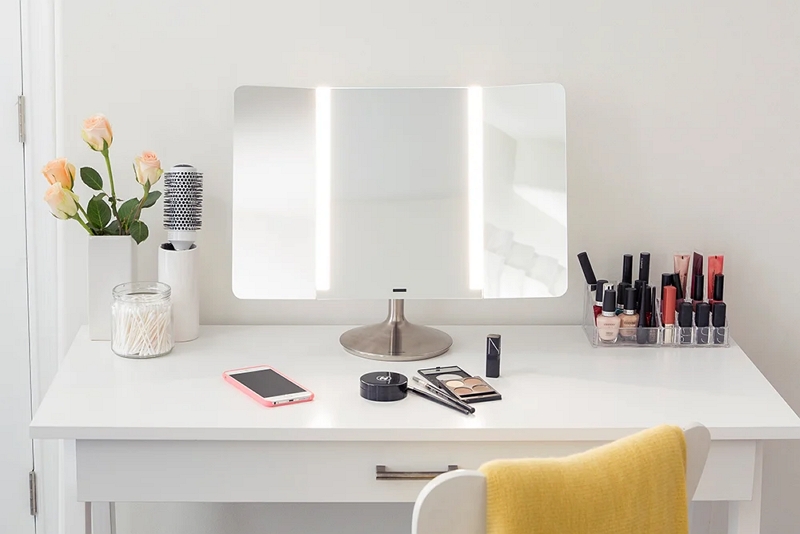

Conclusion
The right lighting is essential for effective makeup application. Natural daylight is the best light for applying makeup. However, if natural light is not available, a cool, white light with a color temperature of around 5000K to 6500K is the next best option. It's important to avoid warm light colors with a yellow or orange tint and light colors with a high blue or greenish tint, as these can alter the appearance of your makeup.
Additionally, proper positioning of the light source is crucial for even illumination and preventing shadows. Using multiple light sources, checking your makeup in different lighting, adjusting lighting for specific tasks, and considering the placement of your light source are all helpful tips for achieving optimal lighting for makeup application. With the right lighting, you can ensure that your makeup looks great and lasts throughout the day.













